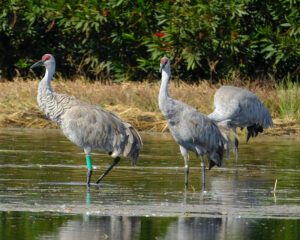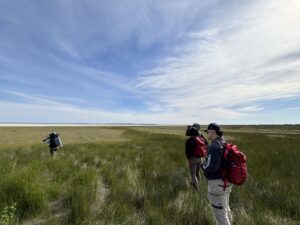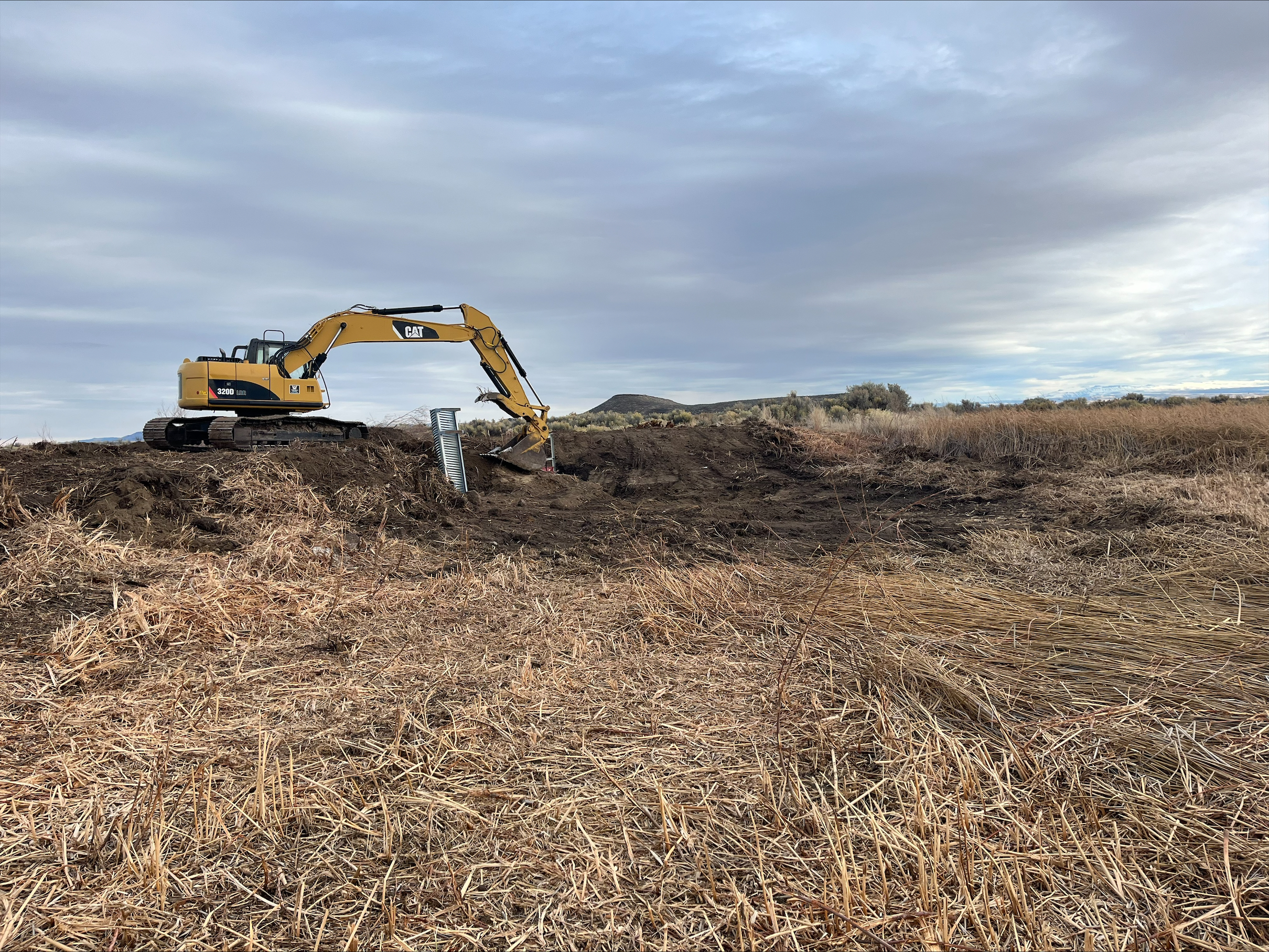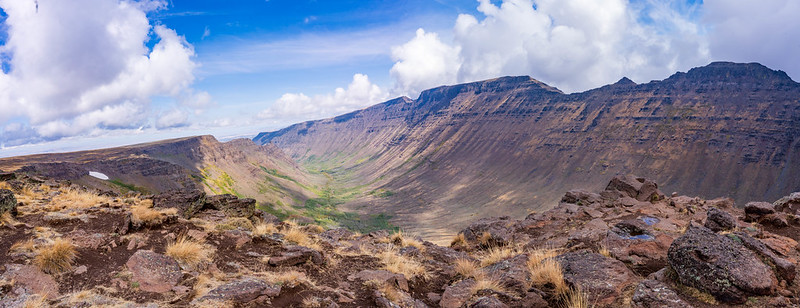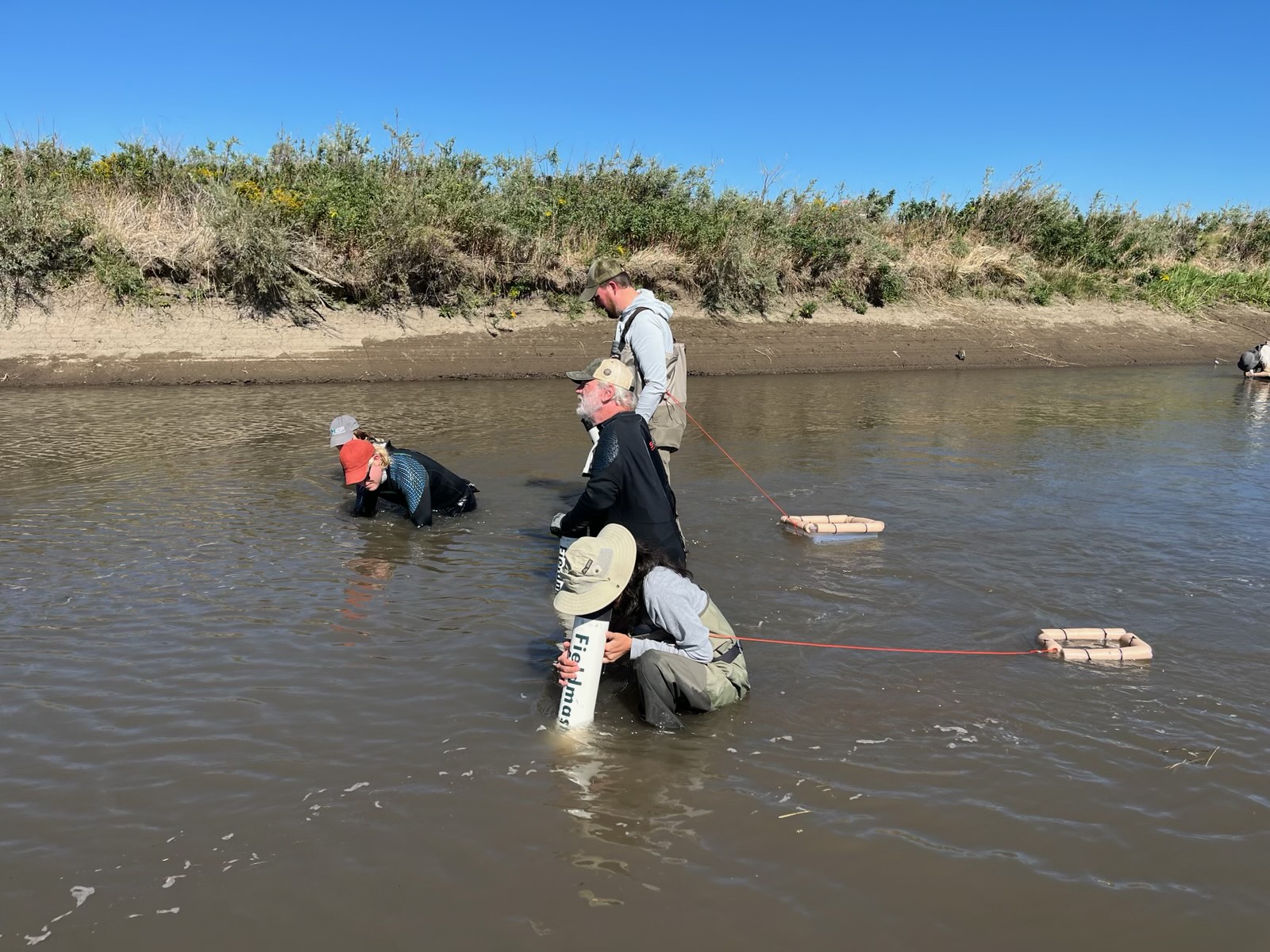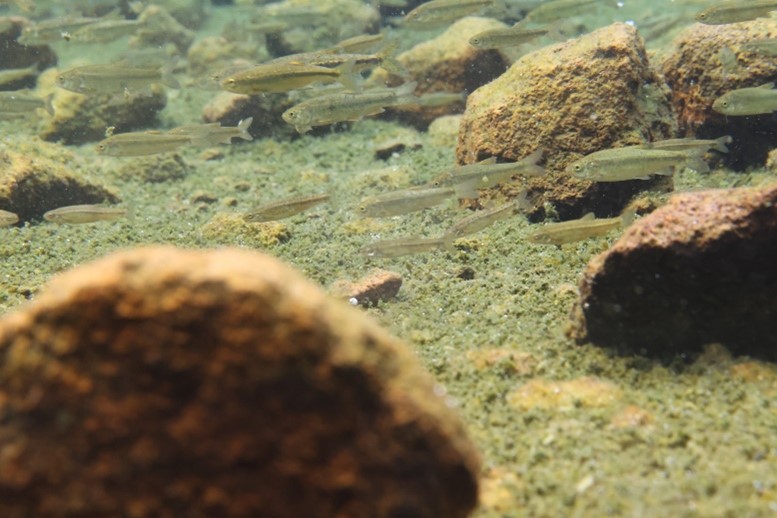Over the past 4 years Jon and Karen from Prunus have been helping the refuge to manage aging trees near headquarters and other high traffic areas. The objective of the ongoing work is to balance public safety with conservation of habitat for passerines and other wildlife.

This year, Jon and Karen were able to bring four additional Portland area arborists–who share a commitment to an approach that supports the longevity and wildlife habitat value of the trees–to join in the effort. It was a great opportunity to introduce these individuals to the refuge for their first time. The crew worked at Refuge Headquarters and pruned eight trees over three days.
The team employed innovative techniques to safely retain compromised trees. For example, a large elm next to the visitor center deck, which had been struck by lightning over the summer, was pruned to reduce its canopy spread and decrease the load on the lightning damaged trunks. This treatment will allow the tree time to compensate for the trunk damage. Instead of removing the tree, it can remain and continue hosting warblers and other passerines during spring migration.
Taking as another example a large cottonwood at the southeast corner of the South Lawn, which was about 75% dead. Working from the ground, the crew installed ropes in the canopy and used mechanical advantage and natural fracture techniques to shorten the overextended dead branches over the driveway and lawn. Converting a dying tree into a snag this way reduces the most dangerous deadwood while keeping the dead trunks and cavities that are valuable as wildlife habitat. Breaking branches from the ground with ropes relieves the arborists of the risk of climbing a dead tree, avoids the clean cuts made by chainsaws that are so visually jarring to visitors, and provides value to wildlife in the form of splintery, jagged wounds ready for fungi and insects and birds to make them their home.
Later in the week the team moved south to continue some work along the Central Patrol Road and P Lane near historic P Ranch. They worked on four large cottonwoods, again using remote rigging from the ground. They reduced overextended limbs to decrease the likelihood of branch failures in high winds or under the weight of the inevitable snow and ice.
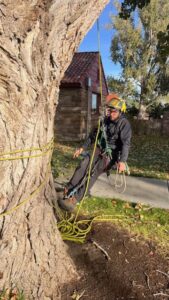
The team included several folks who had never been out to the Refuge, and everyone relished their time in the desert. Karen reports: “We heard the great horned owls every night, saw several skeins of sandhill cranes in flight, were visited by two bald eagles, saw every flicker at headquarters, and milkshakes from the Narrows were joyously consumed.”
Best of all, the arborists report a great appreciation for the ongoing work to preserve these trees in their old age. “Working slowly over the long term to preserve old cottonwoods is something we don’t often get to do in the city,” said Jon Brown. “Every time we prune at Malheur we enlarge our understanding of wood strength, internal decay, and just how much power it actually takes for some branches to fail. We end up learning so much from our observations during these remote natural fracture processes. We get to be the storm, preemptively, without damaging the built environment.”





